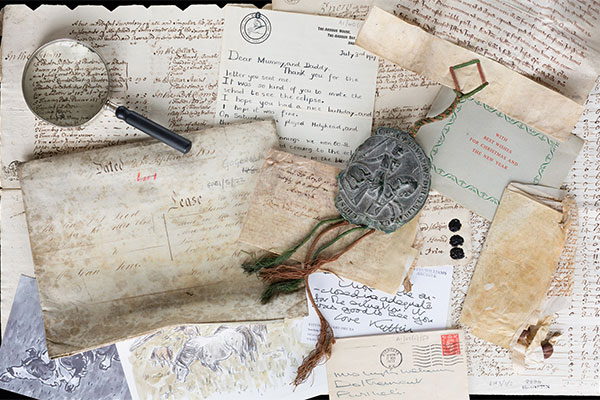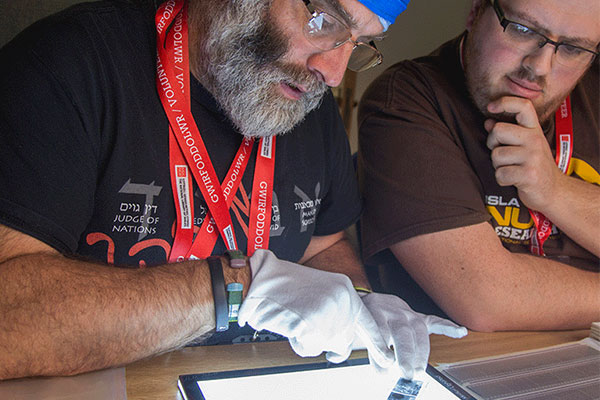The contents of the manuscript
The original copyist recorded a large number of charters in the volume – some authentic, others later forgeries. These charters revealed details about the property and territorial rights of the Diocese of Llandaff based on alleged donations over a period of 700 years between the 5th and the 11th century. The intention was to raise the status of the diocese, and that was substantiated by also recording in the volume the lives (vitae) of the three earliest bishops of Llandaff, namely, Dyfrig (Dubricius, ?465), Teilo (?500) and Euddogwy (Oudoceus, ?630).
During the 12th century and early in the 13th century, 8 other copyists added the lives of Samson and Elgar to the text, together with various letters.




